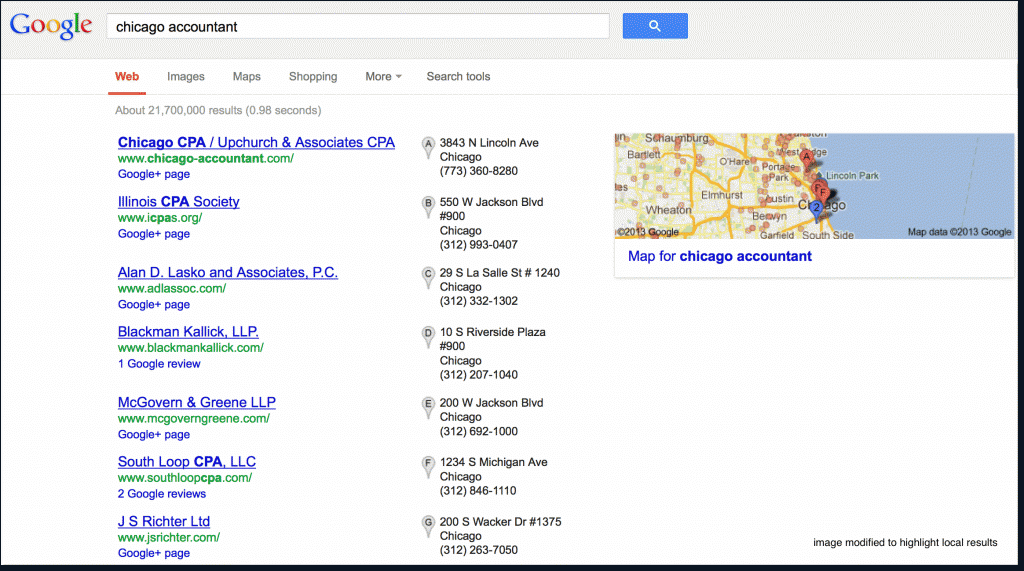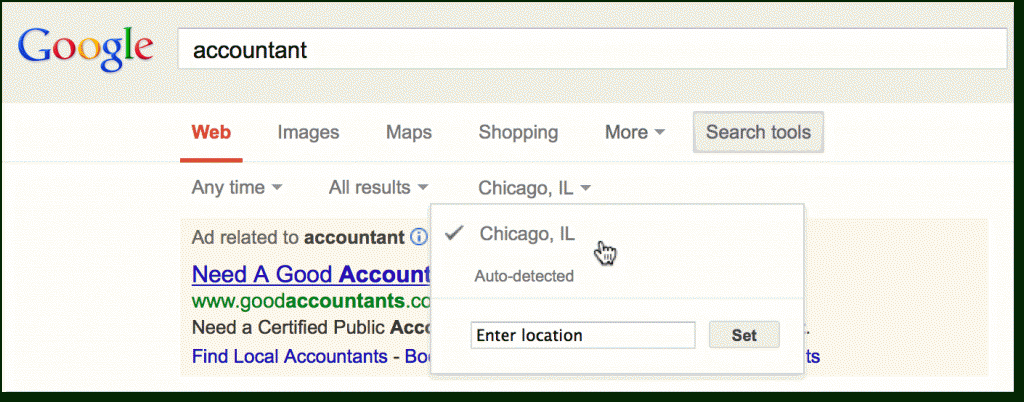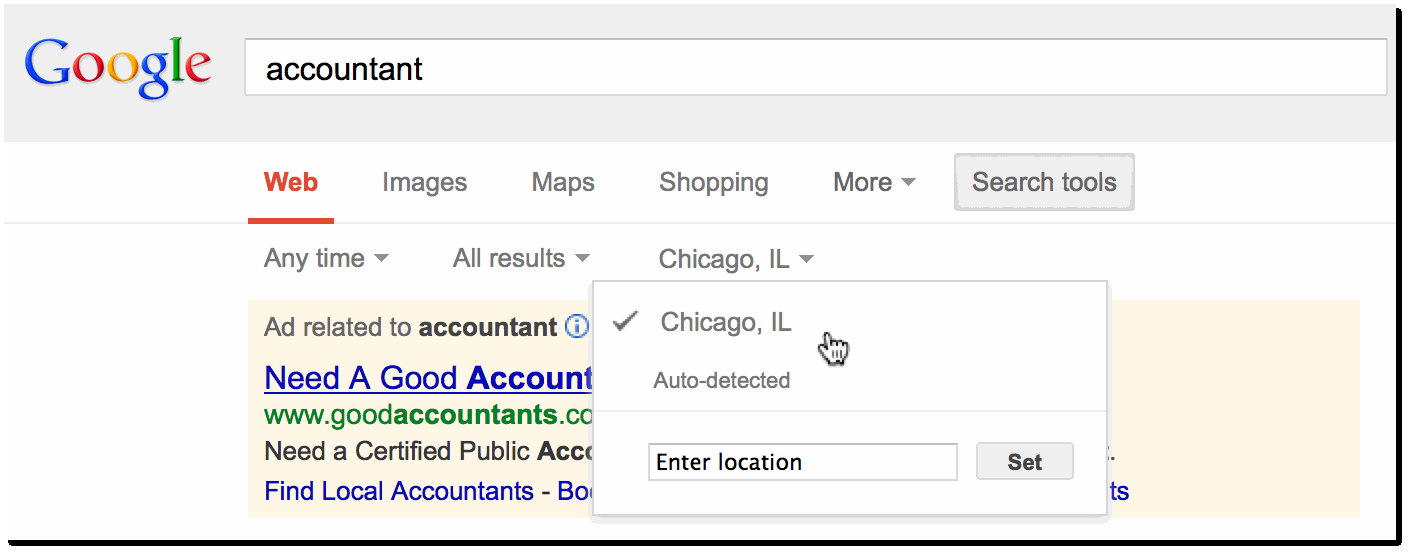David Mihm is the director of local search at SEOmoz, the SEO software provider. Mihm posted a Whiteboard Friday in which he discussed the evolution of local search, from the 1990s all the way through to today. He does a great job of highlighting the particular points at which Google’s algorithms have made considerable changes, and he shares his view on where he sees things going in the future.
In the 1990s into the 2000s, David explains that local SEO was no different from any other type of SEO. If you were a party rental company, you would optimize for “[city name] party rental” and probably “party rental [city name]” as well. You might even choose to vary around the city name, possibly using state names, and the names of places nearby.
In other words, there were no unique strategies in the early days. You picked locally relevant search terms, and then used the same SEO techniques as companies who were chasing a global audience. It came down to title tags, description tags, links, reciprocal links, keyword density and PageRank – all the standard techniques and phraseology that people would use in the late 1990s and 2000s.
“Fast forward a little bit to January of 2008,” says Mihm, and “many of you guys remember at that point Google introduced these ten-packs of local businesses right there in the main search results. So if you did a search for something like Portland injury lawyer, you’d see a map with ten injury lawyers’ business listings rather than website information.”
This was the first time you could rank in Google without a website. At the time, I was working in the Yellow Pages industry and we saw a swelling of interest from businesses that wanted to rank better in local search results. I remember many of my own IYP customer showing up on page one of Google in the local search results, many with either terrible websites or no websites at all. That’s because Google started looking at citations of a business – the name, telephone number and address – and used these as signals to generate business listings. Today, companies like www.bizyellow.com are still using this strategy to effectively help their customers rank locally.
In early 2009 Google’s algorithms got more sophisticated again. Until this point, you had to include the city name in your query in order to see a local result. “Chicago accountant” would show you local results from Chicago, but a search for “accountant” (even from a computer located in Chicago) would still give you national and international results. Then Google started to look at the location of the searcher (often using their computer’s IP address) and would infer local intent to queries that weren’t explicitly local.


Next, online reviews started to play a bigger role in how local search listings were created and ranked. It makes sense that Google would assign more trust and authority to businesses that have lots of happy customers, and so it started pulling and aggregating reviews from around the Web. Most recently, Google also started to incorporate aspects of Google+, its social product, into the search results and gives businesses the chance to have their own Google+ page.
Mihm speculates that the future of local search could include greater integration of data from technology products that combine the offline and online world. Google could look at payments that are being made to local businesses, and check-ins through Facebook and Foursquare.
Local search is far from perfect. As technology changes and as businesses work harder and harder to earn high local rankings, those working in local search will certainly have their work cut out for them. For now, make sure that your business is getting lots of local citations from reputable sources and ask every happy customer to take the time to write an online review.
Thanks for reading.
David McBee

